The 1960s was a decade of hope and struggle, marked by the Civil Rights Movement, social unrest, and the emergence of iconic cultural movements. Yet, it was also a time of economic decline and physical decay, leading to the burning of dreams that had once seemed attainable. Let’s delve into the multifaceted story of the Bronx in the 1960s. The 1960s began with a wave of optimism. The Civil Rights Movement gained momentum, with Bronx residents actively fighting for racial equality. Young people embraced social justice causes, participating in anti-war protests and advocating for social change. Culturally, the borough pulsed with innovation. Salsa music boomed, reflecting the vibrant Latino community, while Motown sounds resonated from transistor radios.
Housing Crisis and Urban Renewal Efforts
The Bronx faced a severe housing crisis, marked by the deterioration of its housing stock and the proliferation of slum conditions. Landlords, facing economic pressure and low returns on investment, often neglected maintenance, leading to unsafe and unsanitary living conditions. Efforts at urban renewal, including slum clearance and the construction of high-rise public housing, were met with mixed results. While intended to alleviate housing shortages and improve living conditions, these projects often disrupted established communities and were criticized for contributing to social dislocation and further concentrating poverty.
Education and Public Services
The Bronx witnessed significant struggles for educational equity, with parents, students, and activists demanding improvements to the public school system. Issues of overcrowding, underfunding, and racial segregation led to calls for reform and community control of schools, highlighting the disparities in educational opportunities. Economic challenges and population shifts strained the borough’s public services, from sanitation and public safety to health care. The decline in tax revenue due to industrial and commercial downturns and the departure of middle-class residents further limited the city’s ability to maintain, much less improve, these essential services.


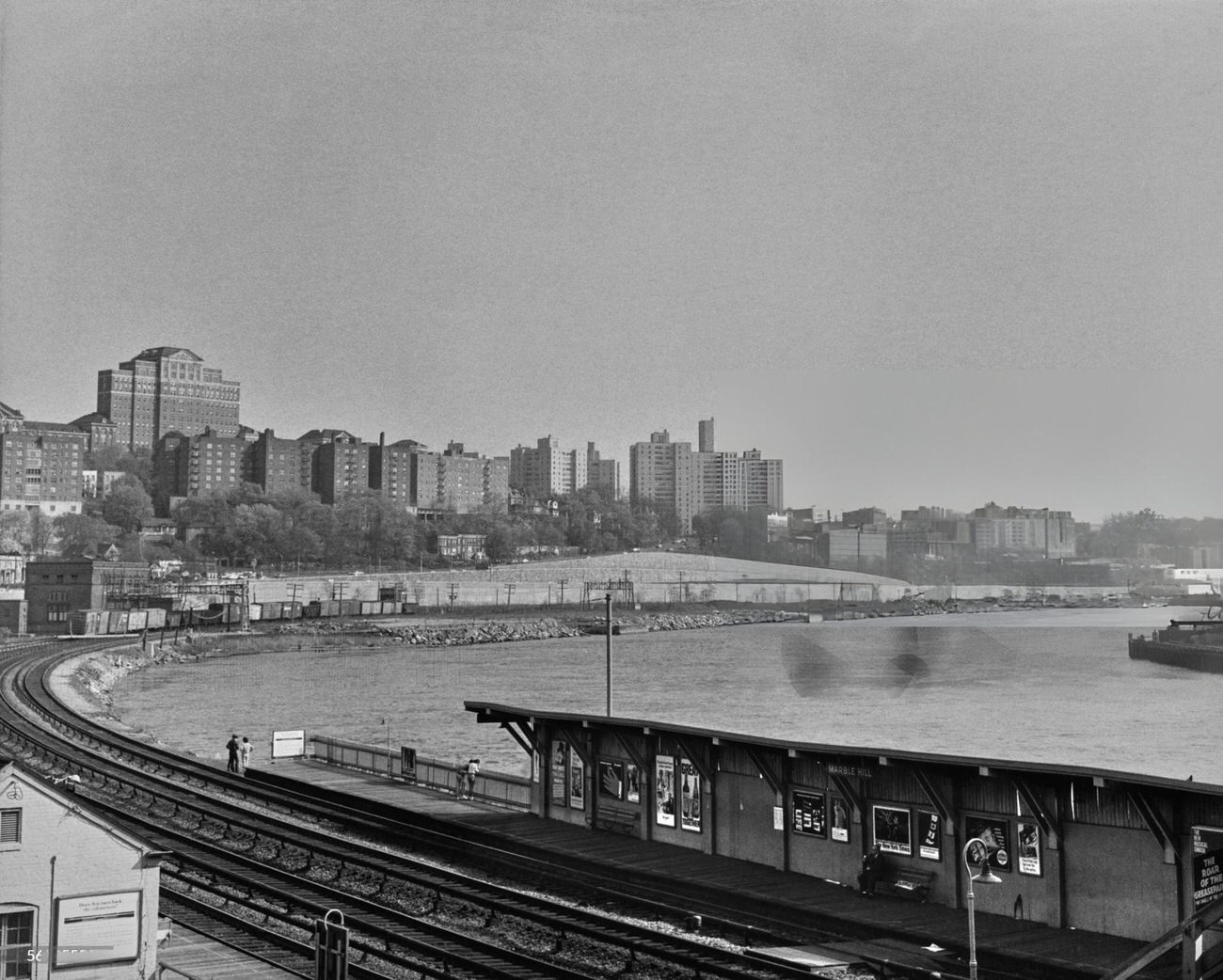
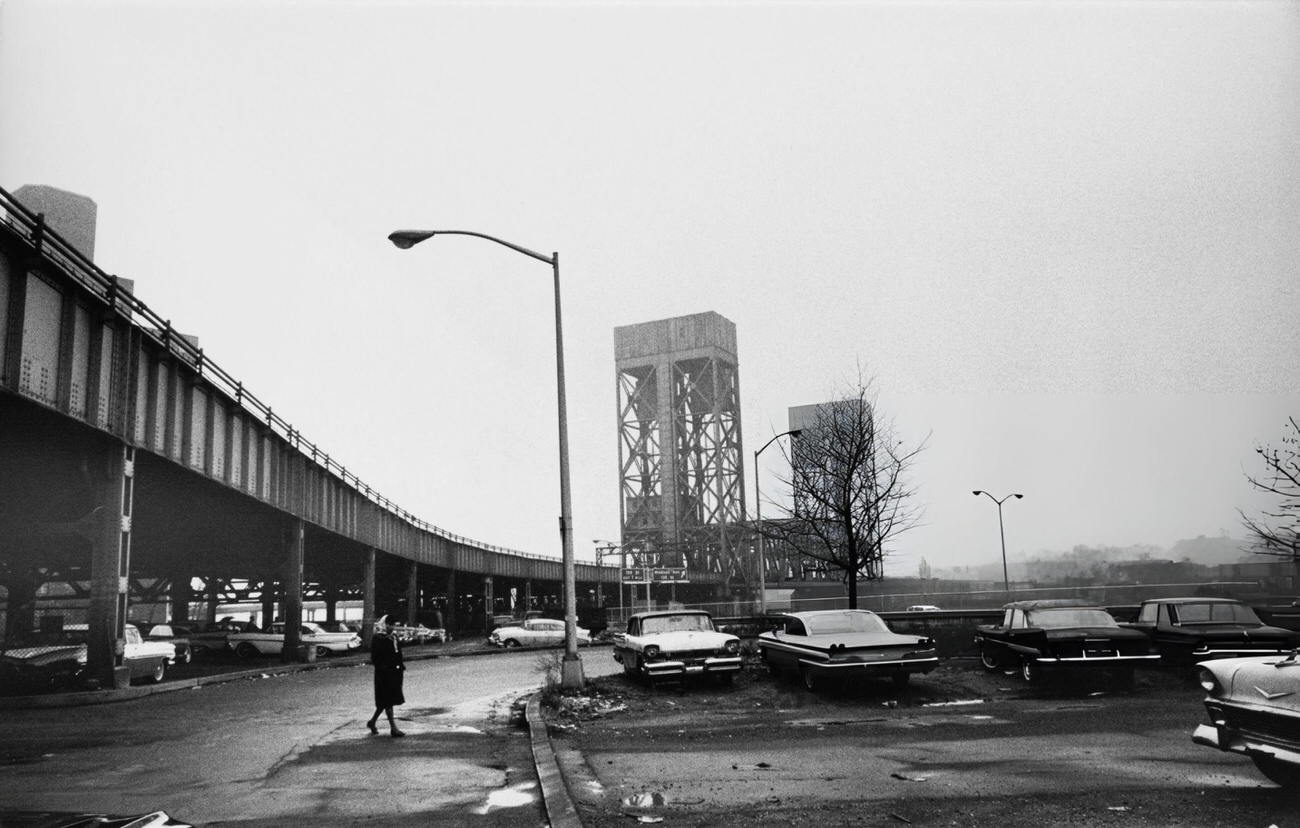
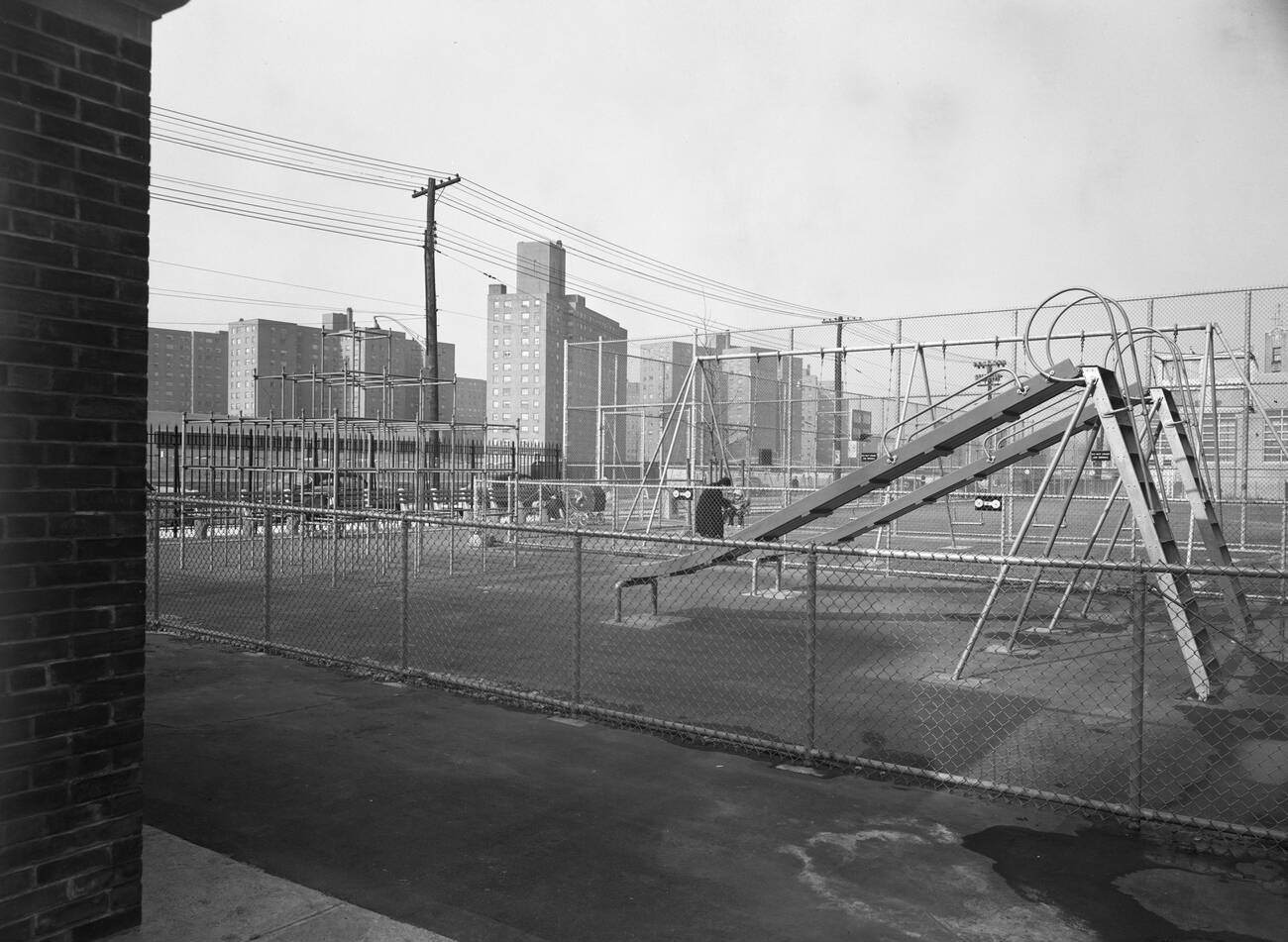
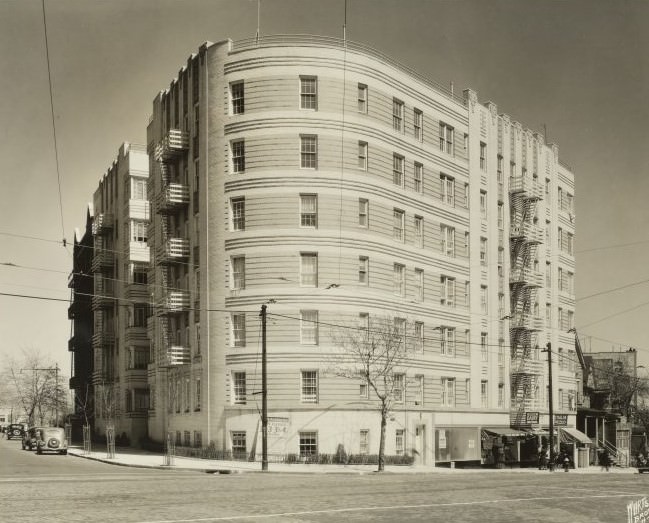
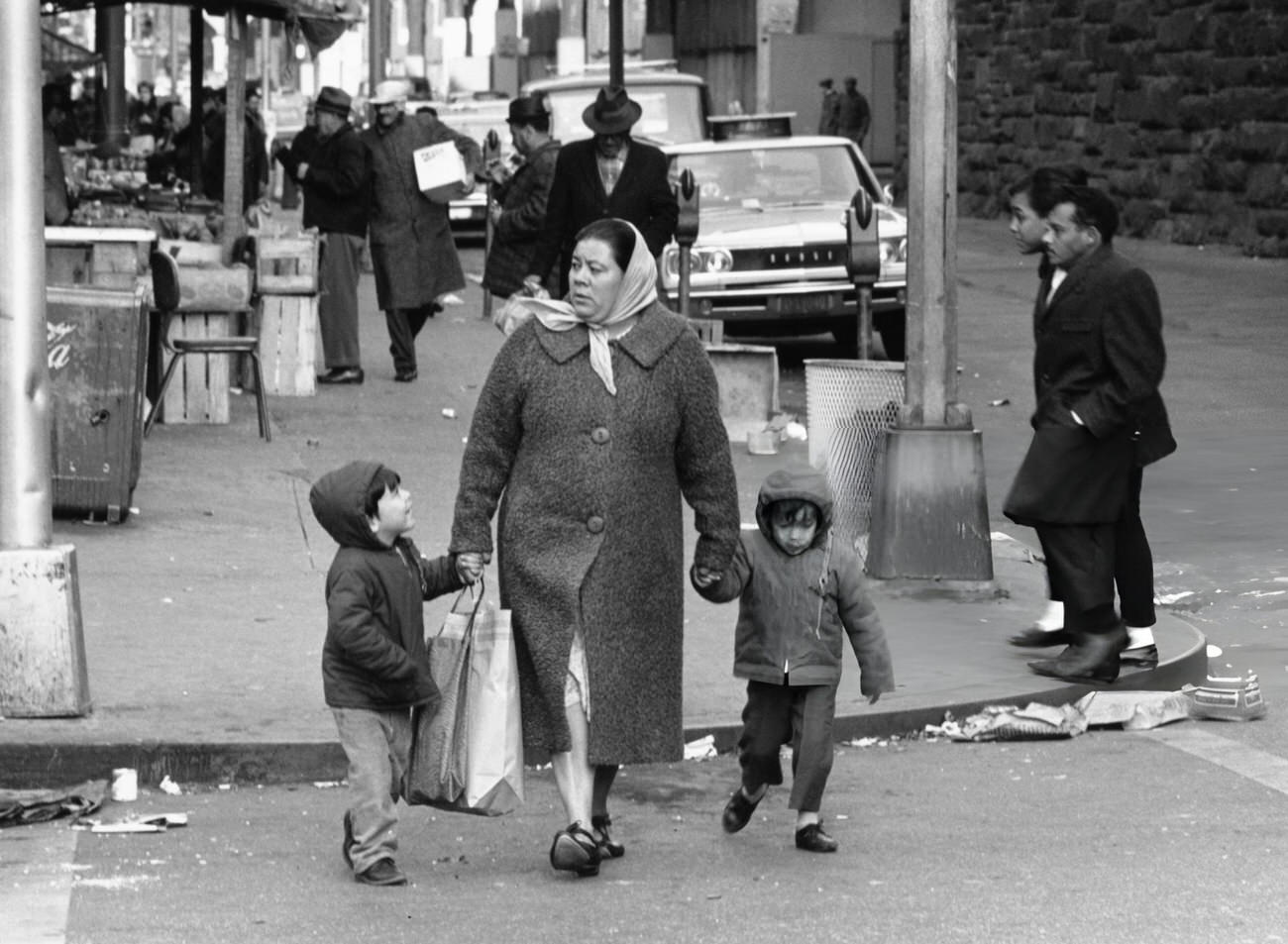
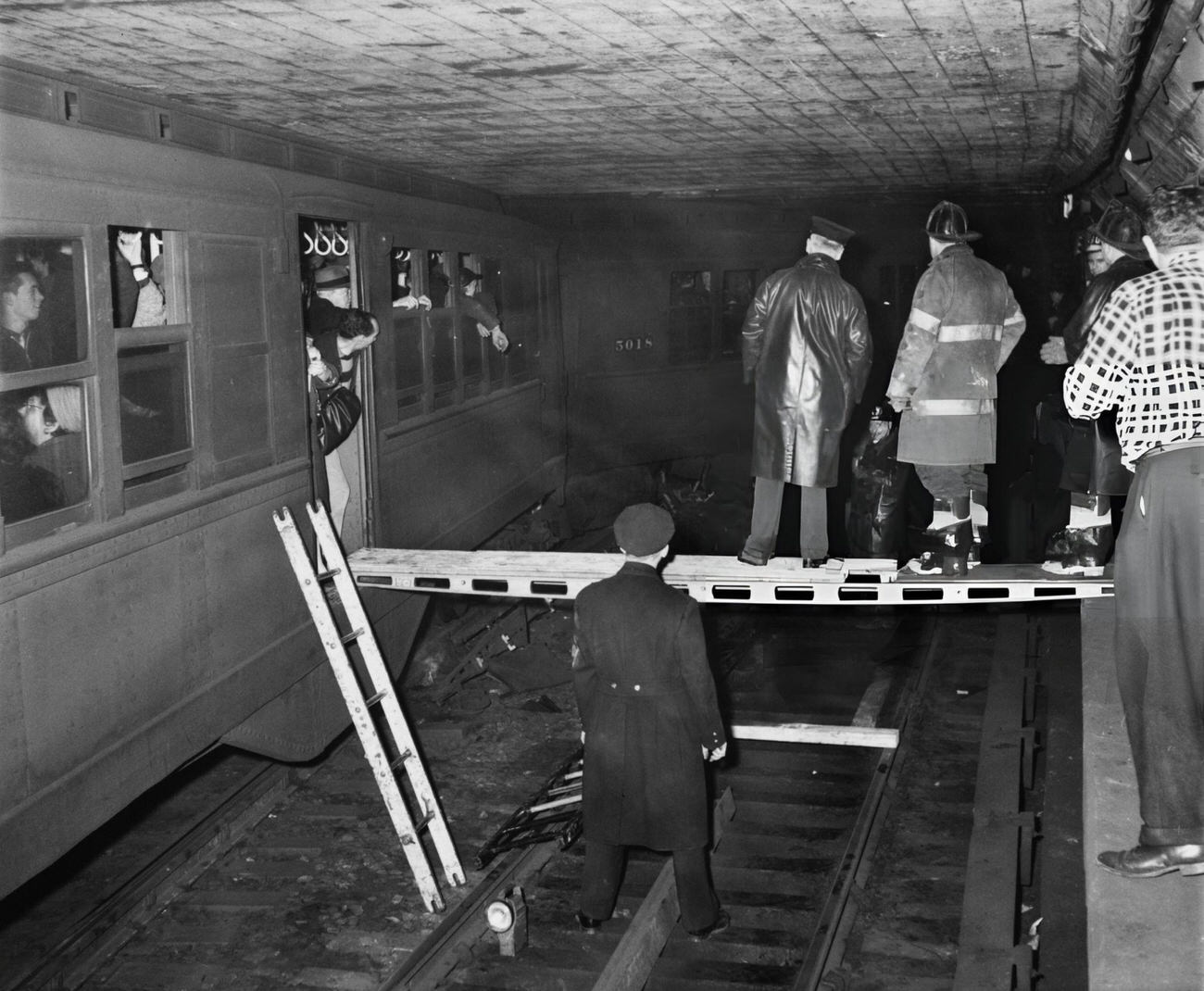
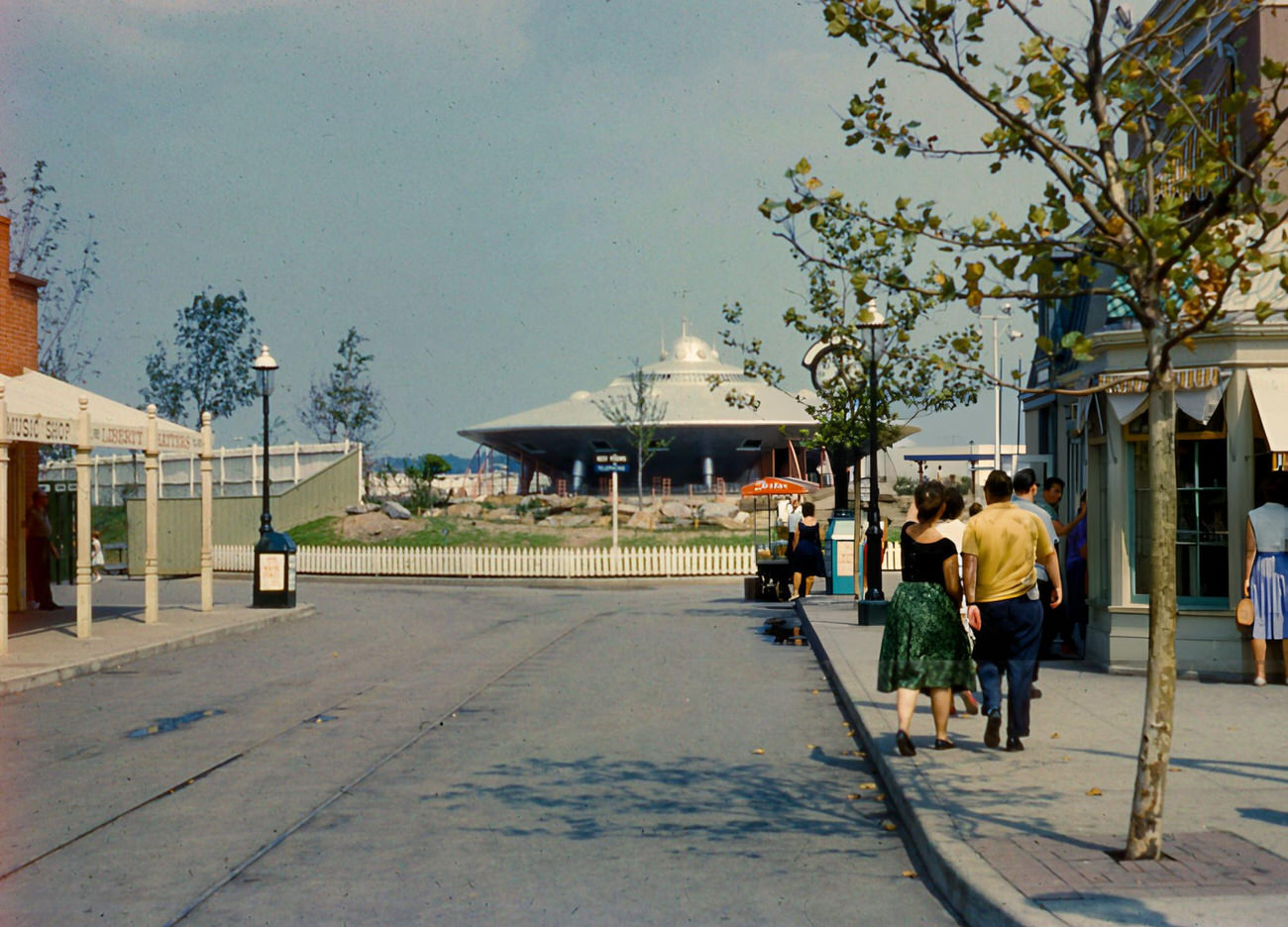
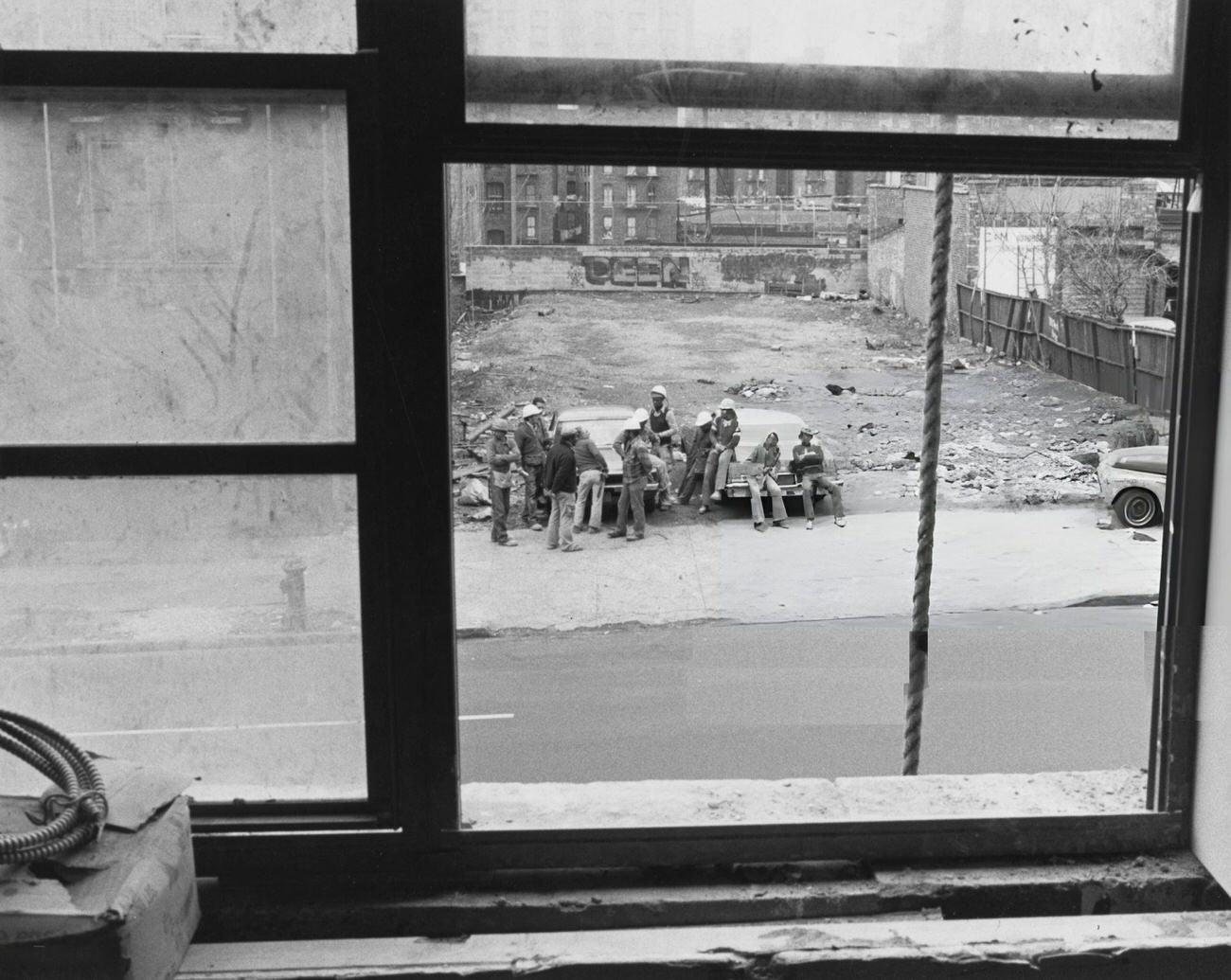
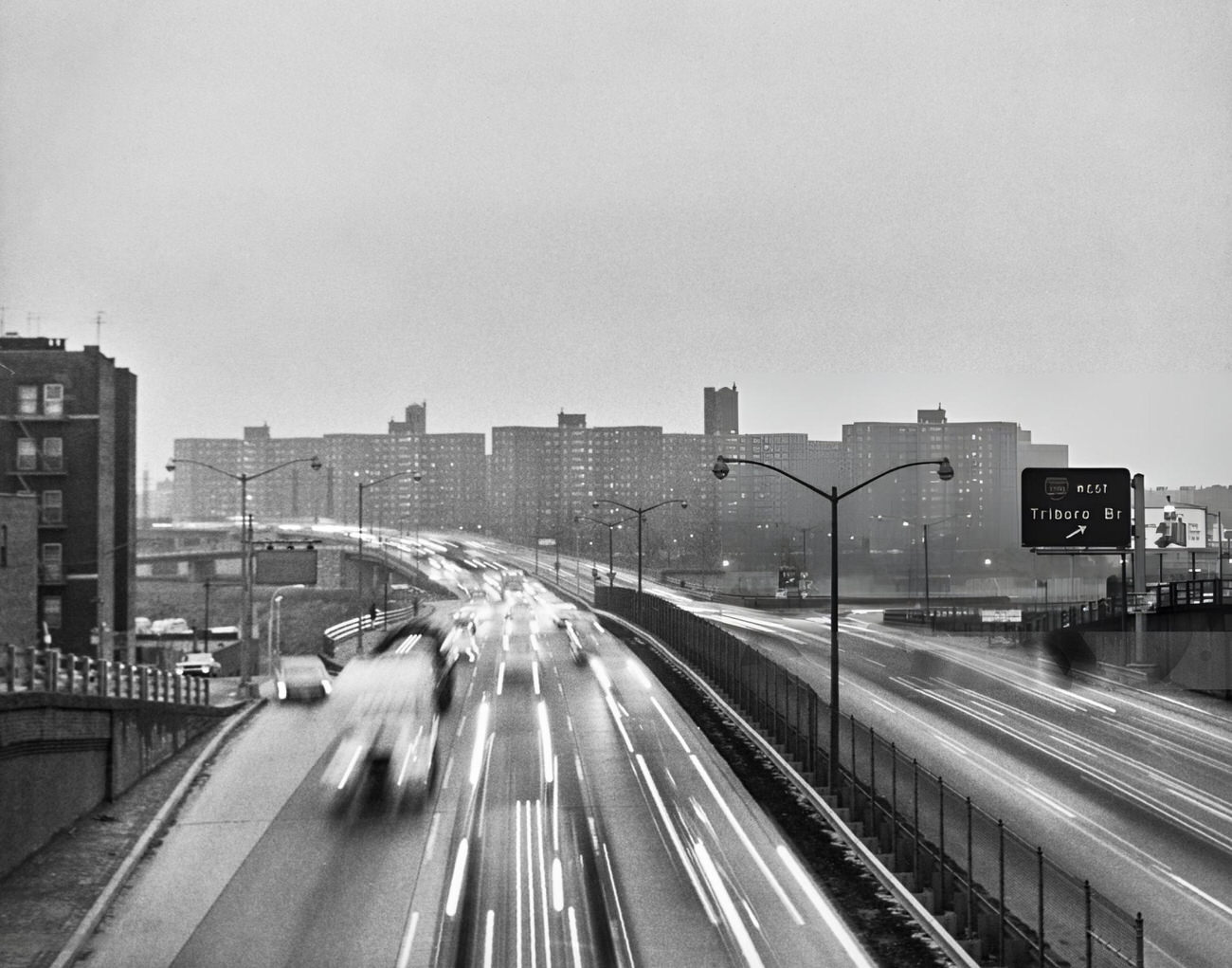
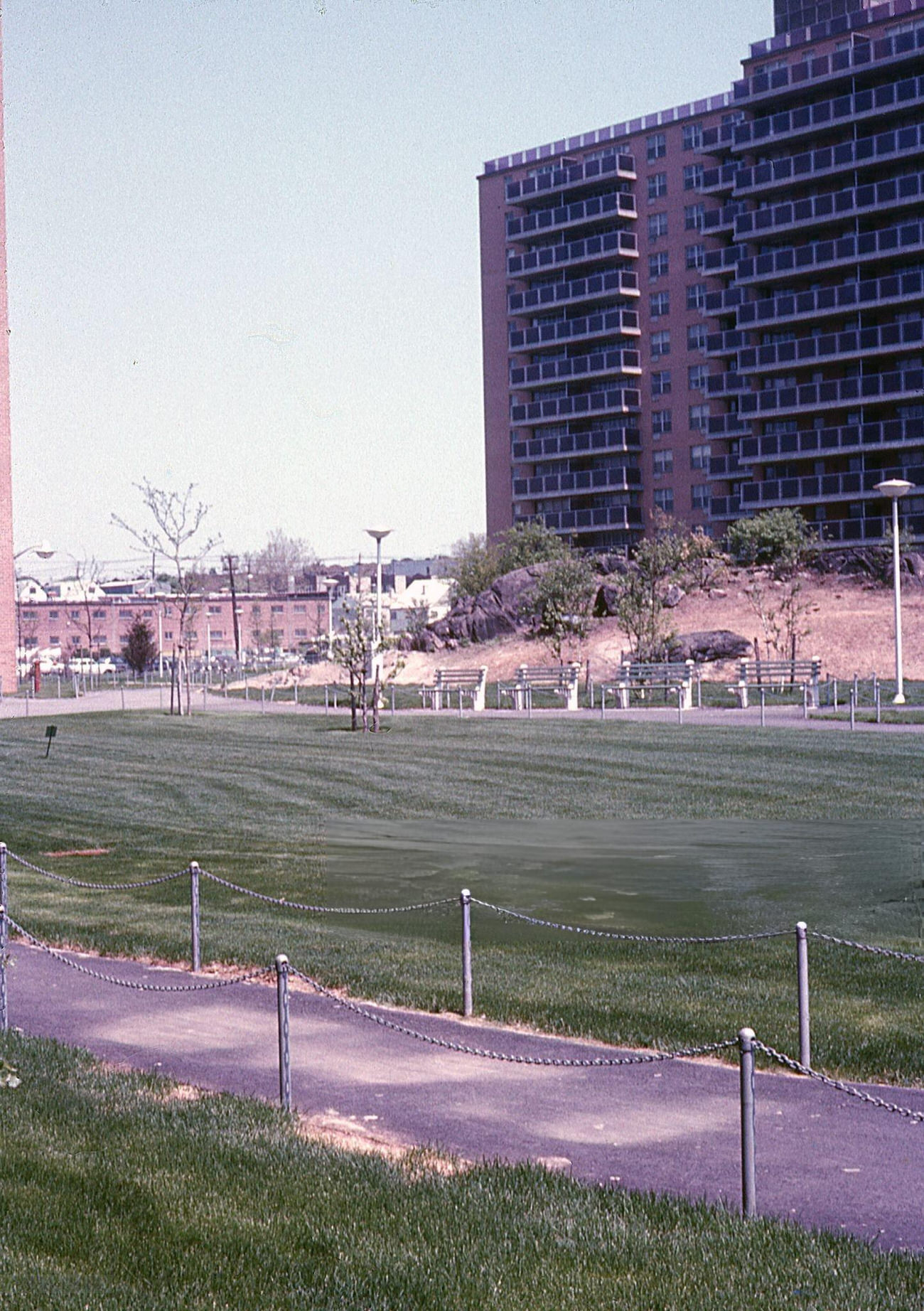
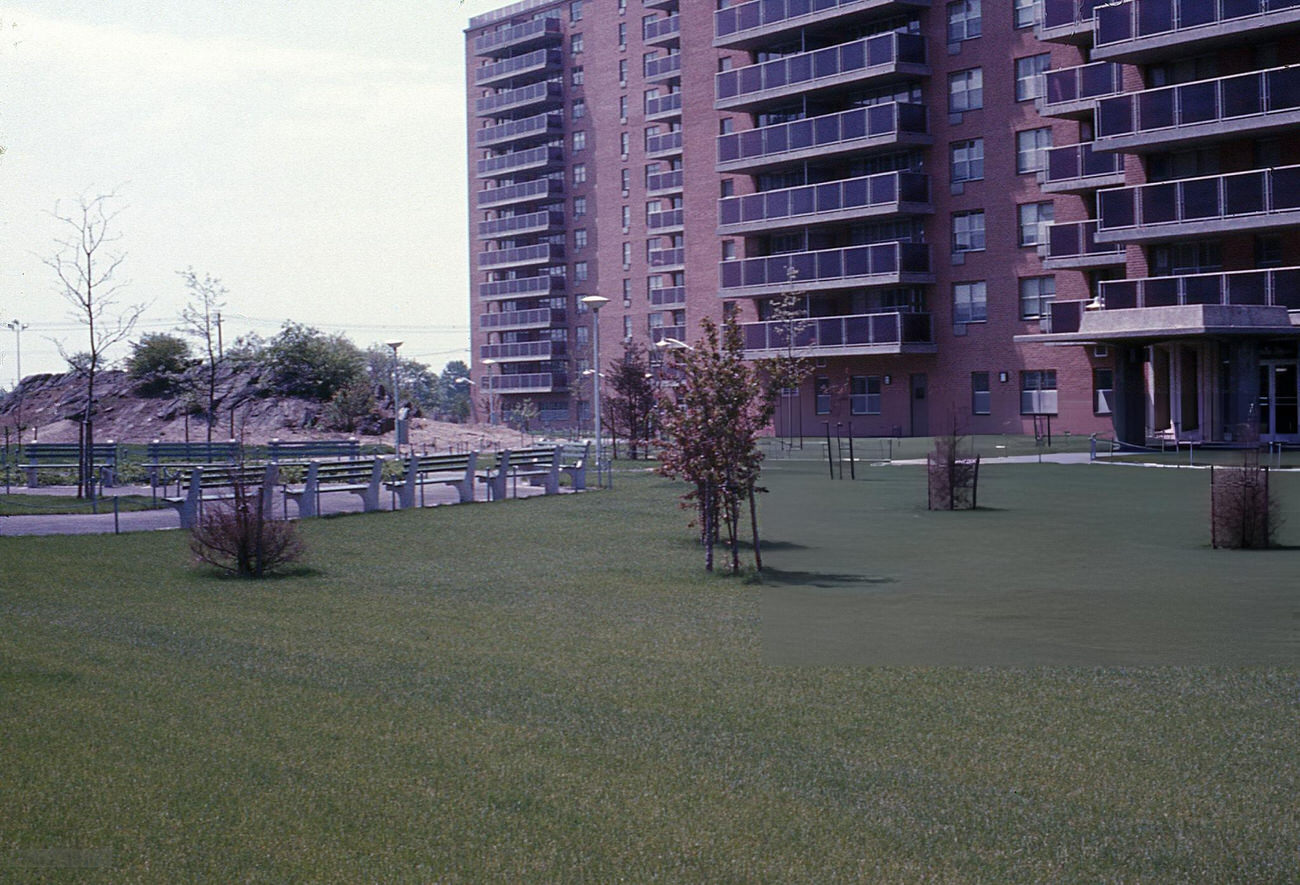
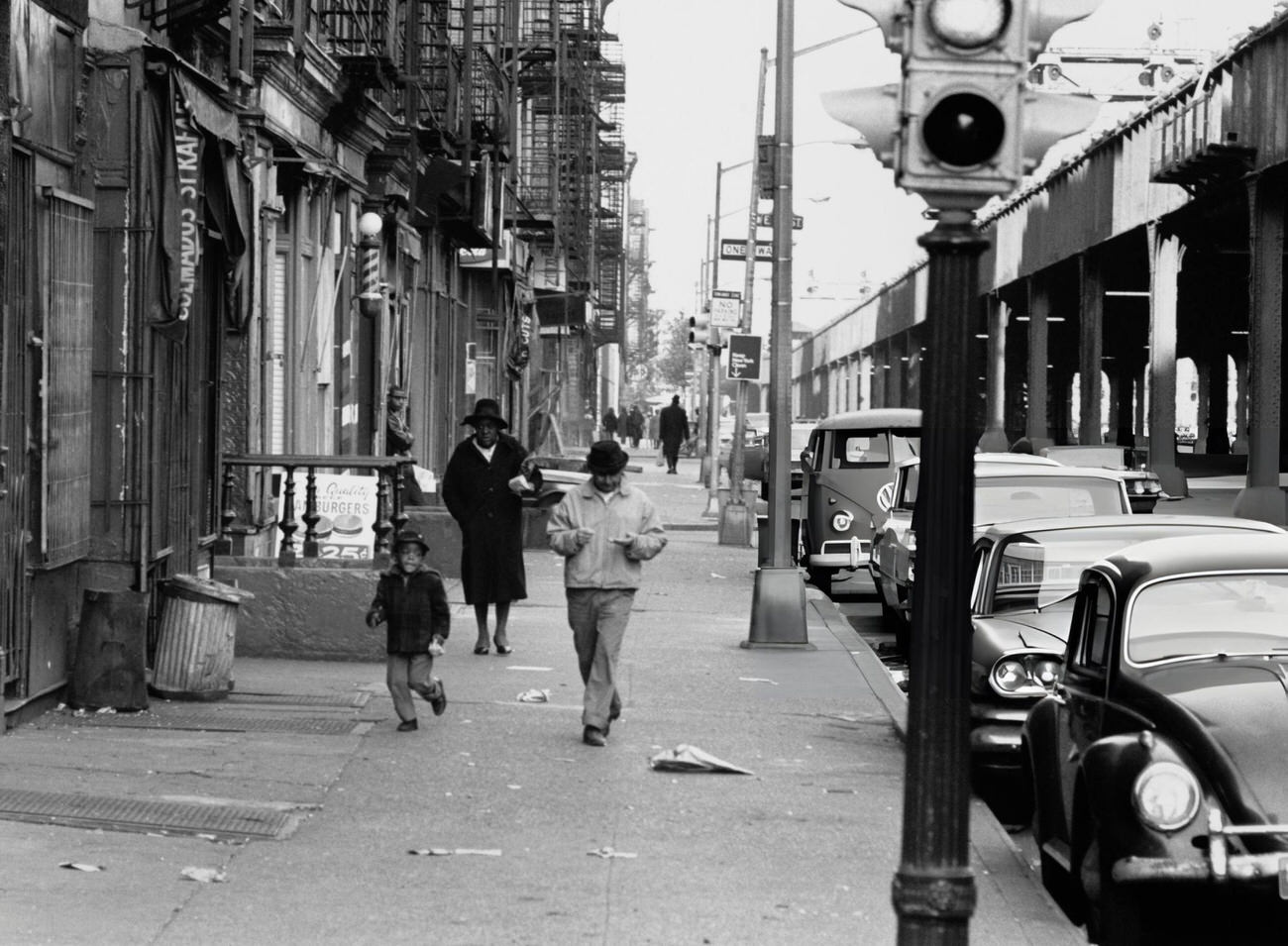
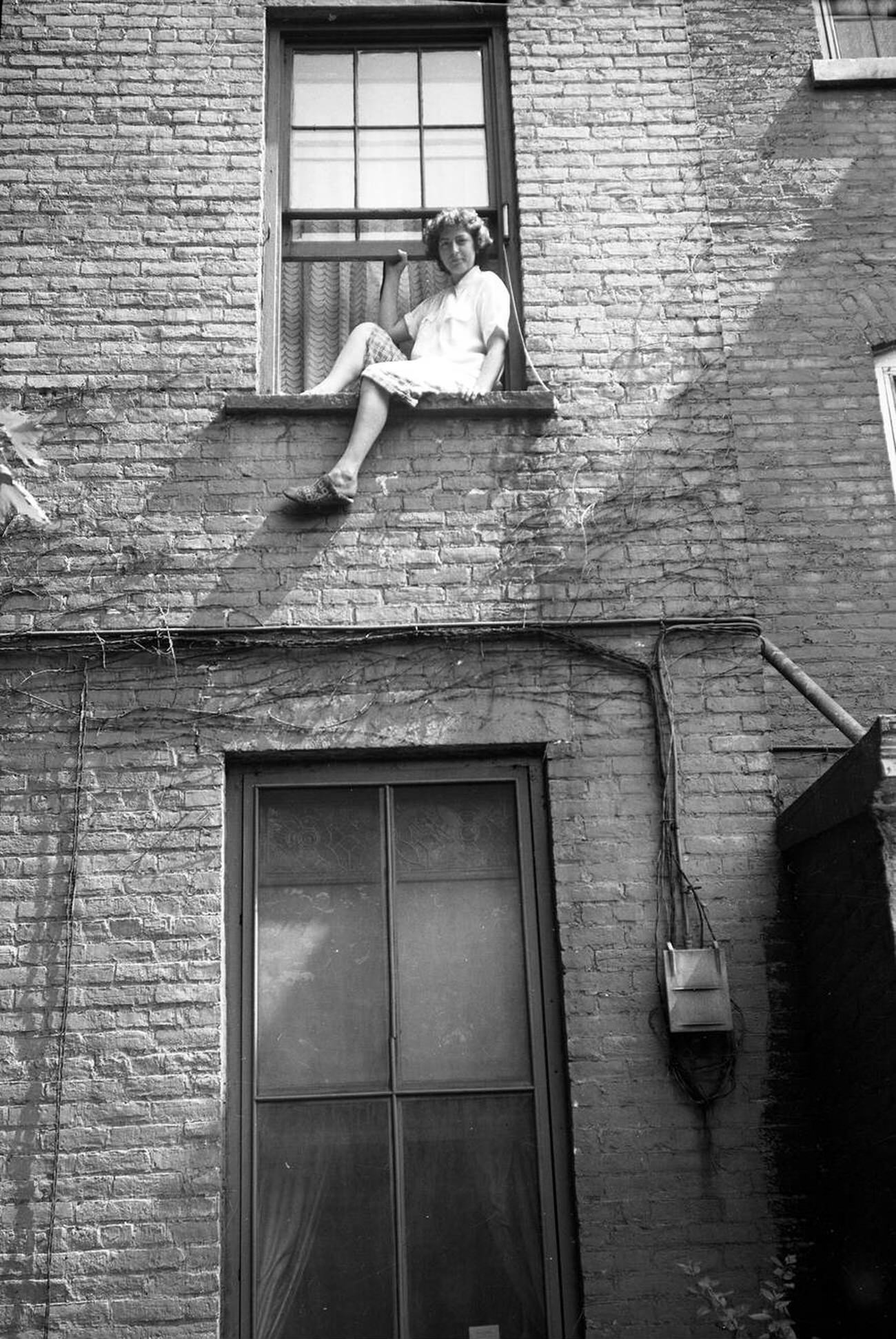
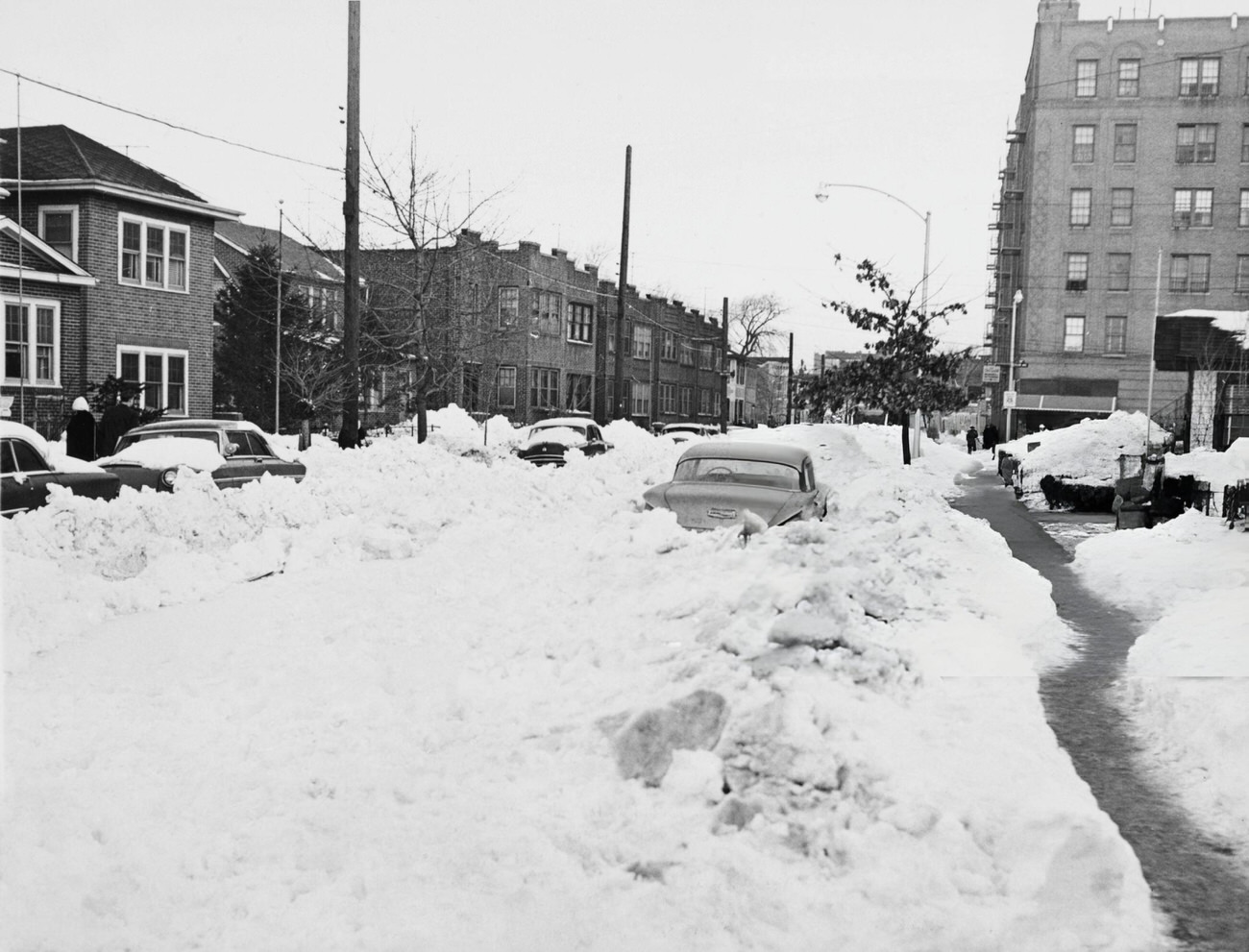
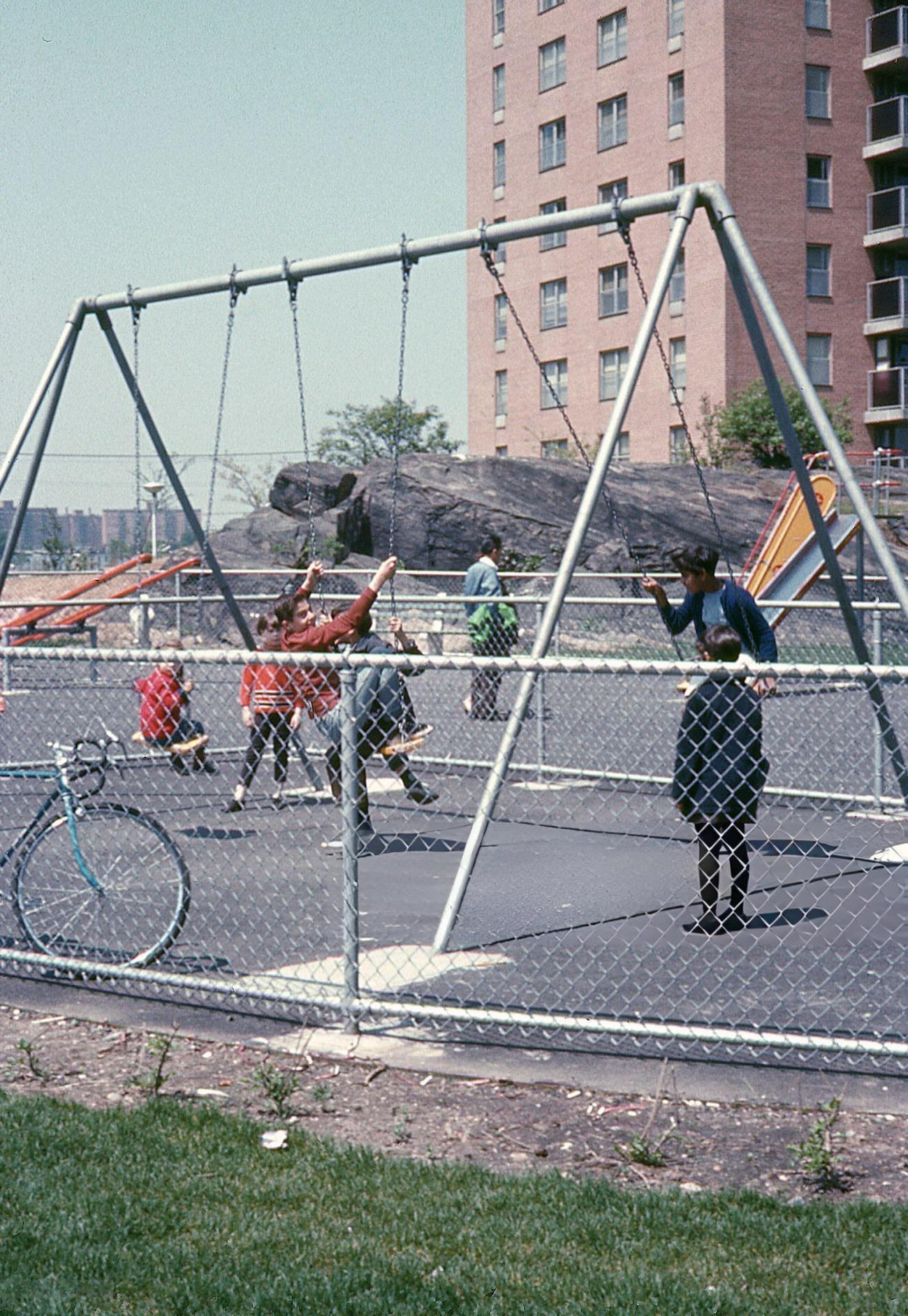
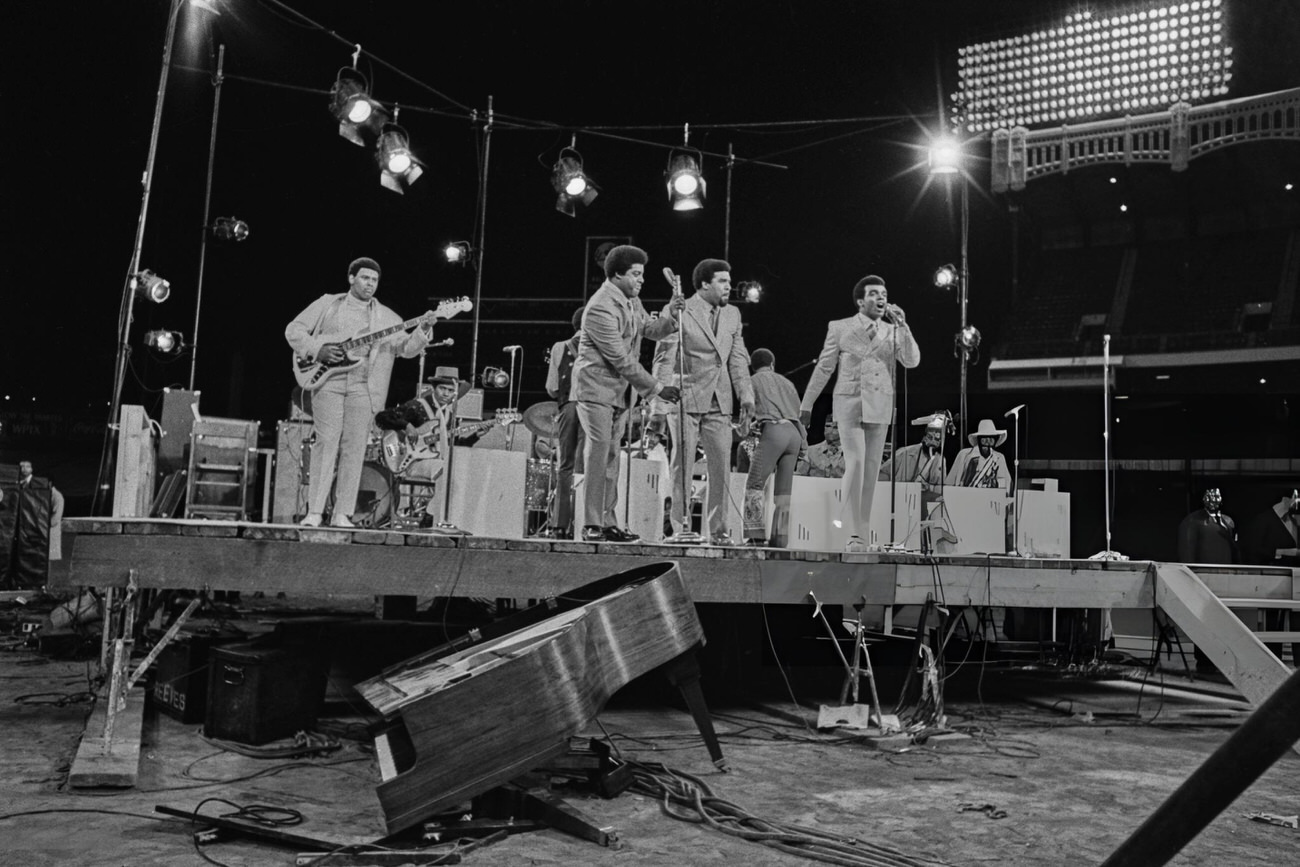
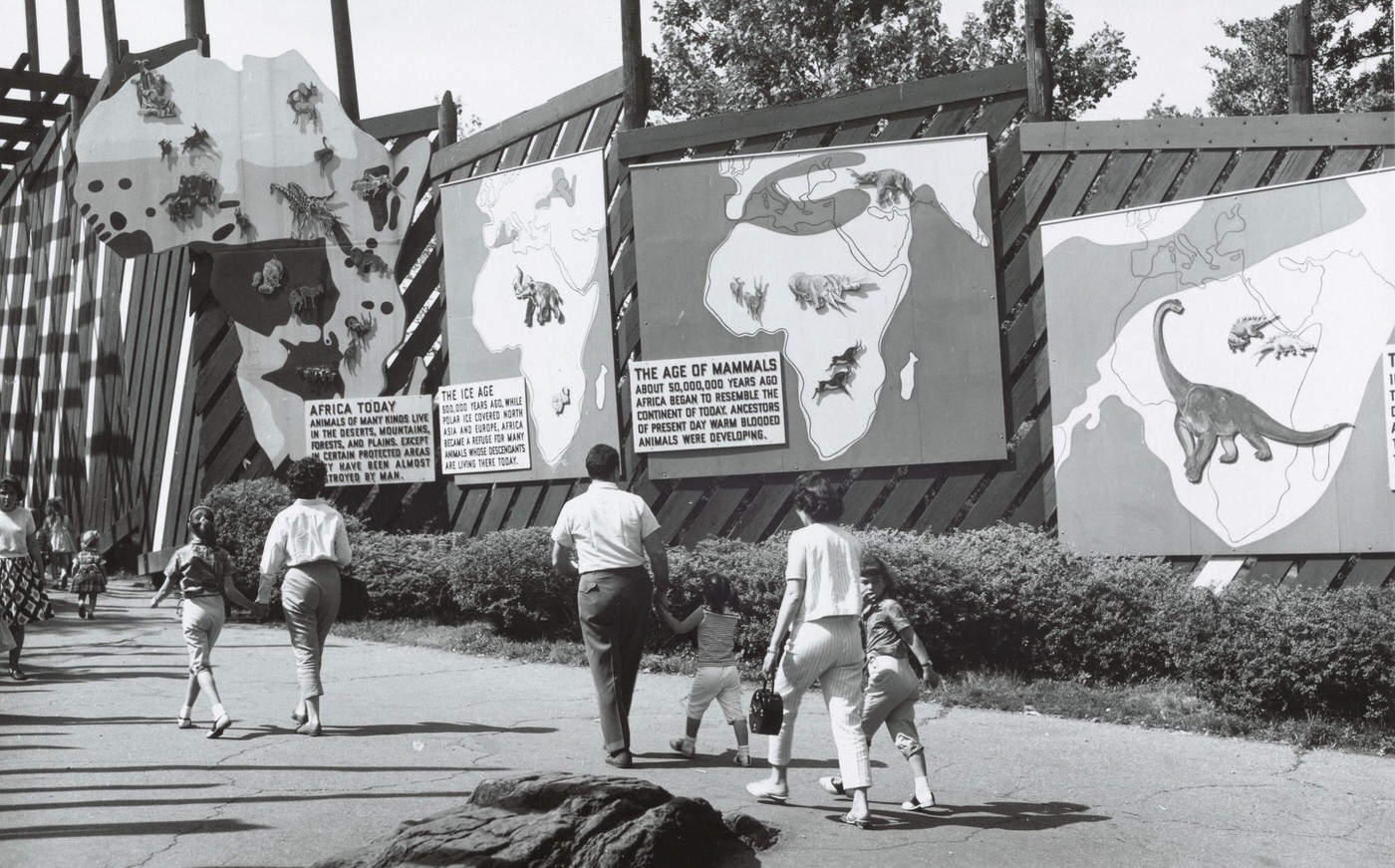
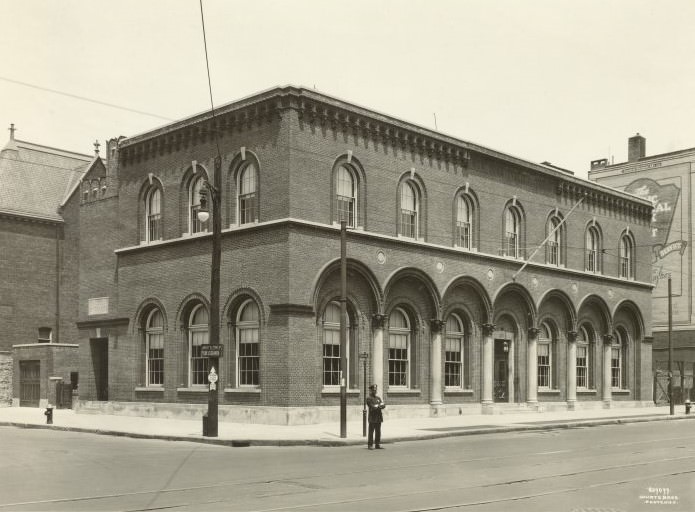
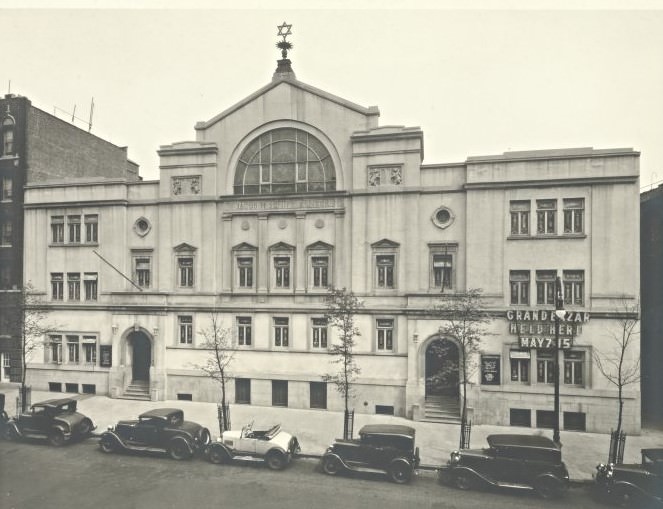
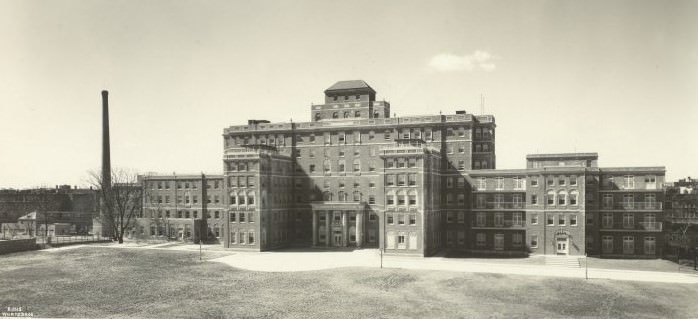
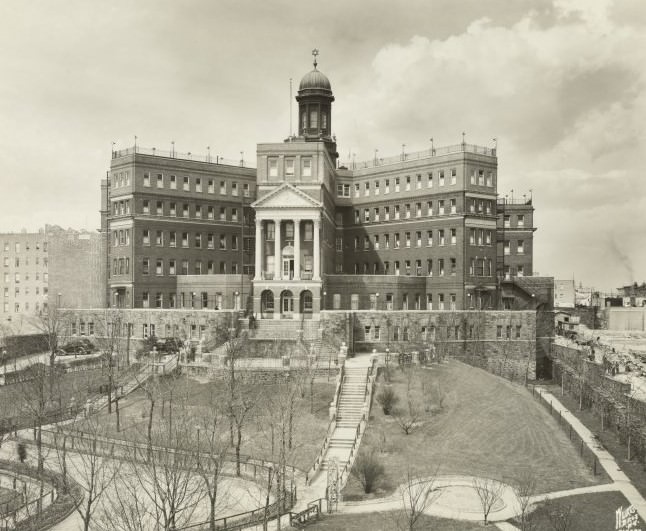
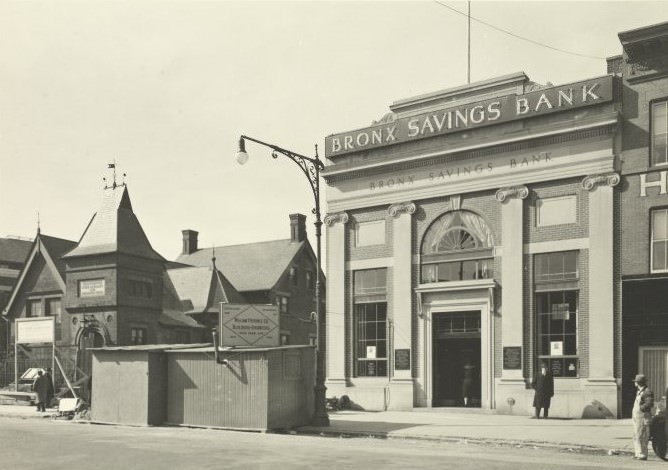
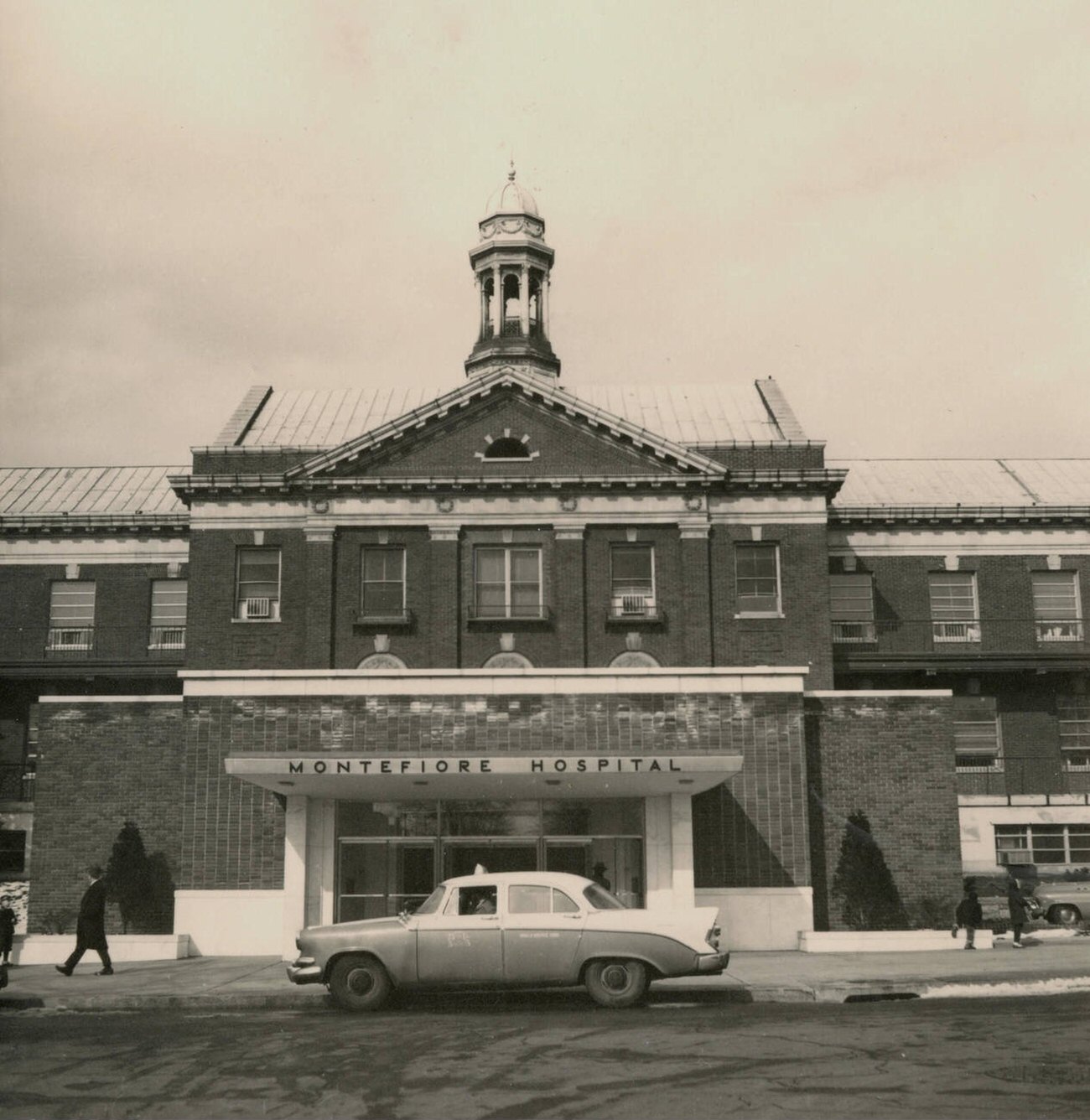

GIPHY App Key not set. Please check settings